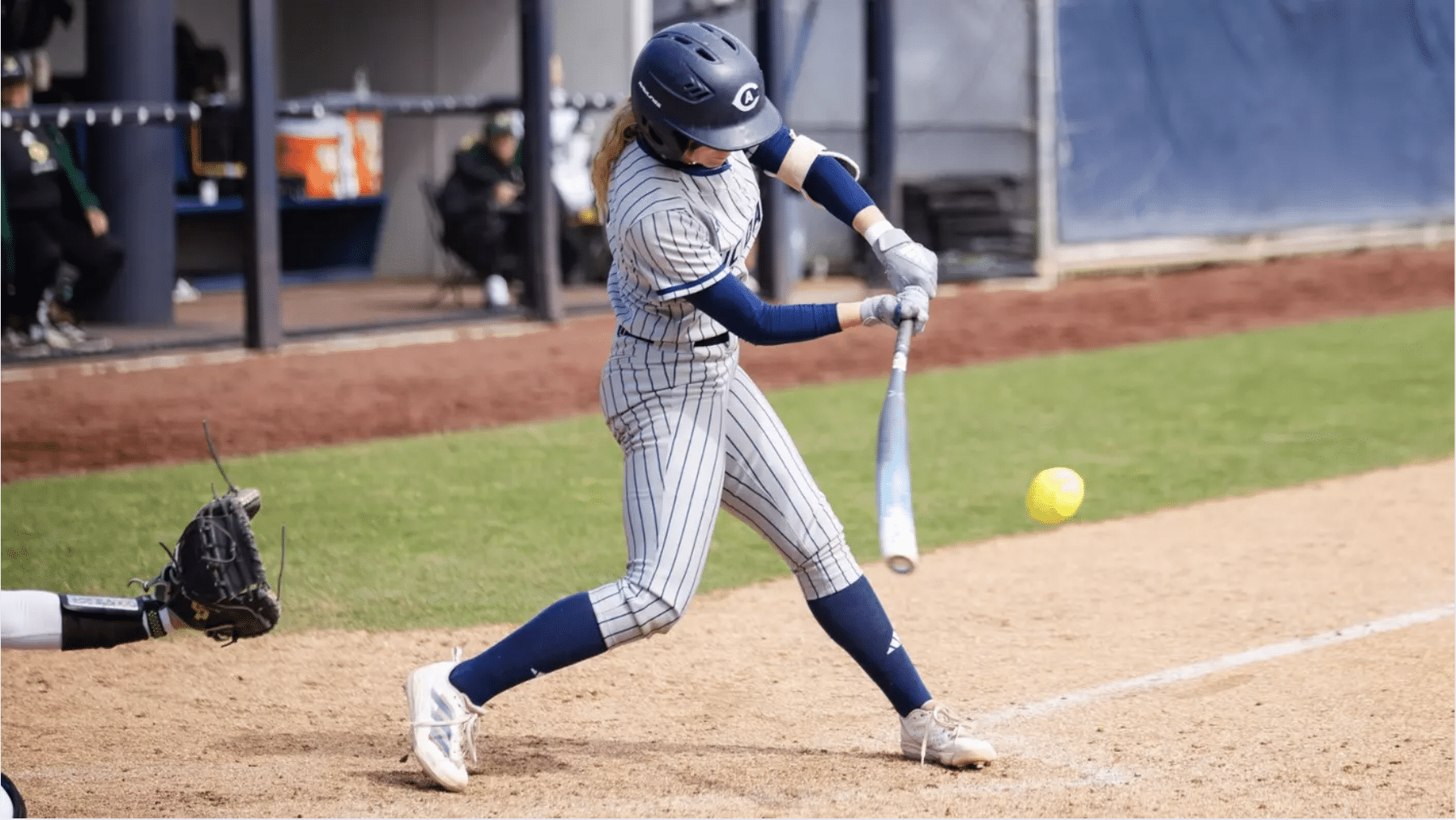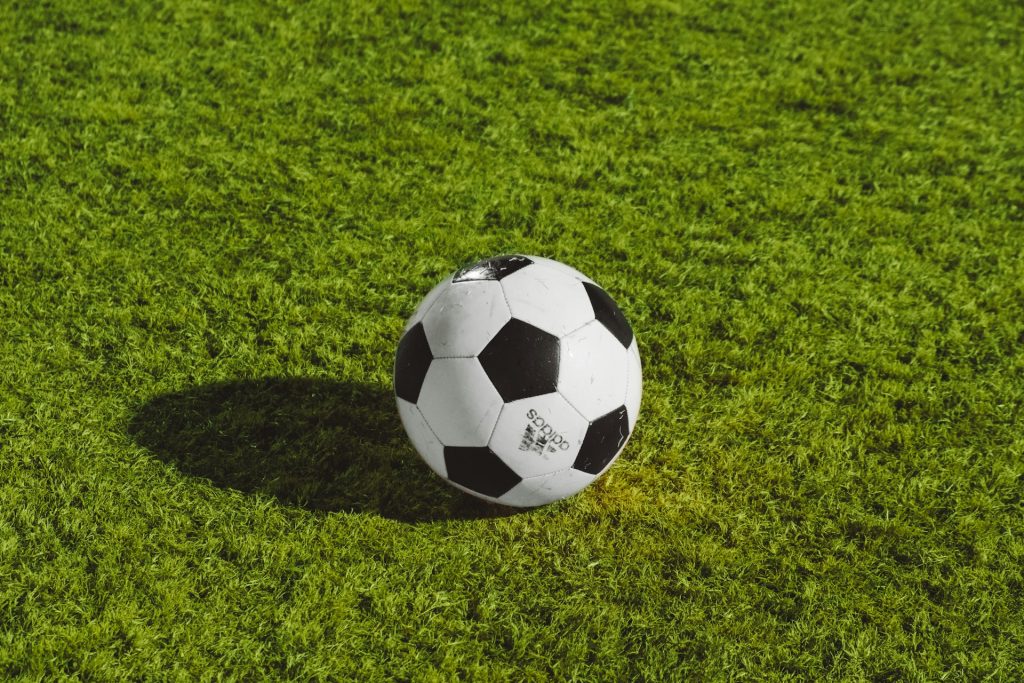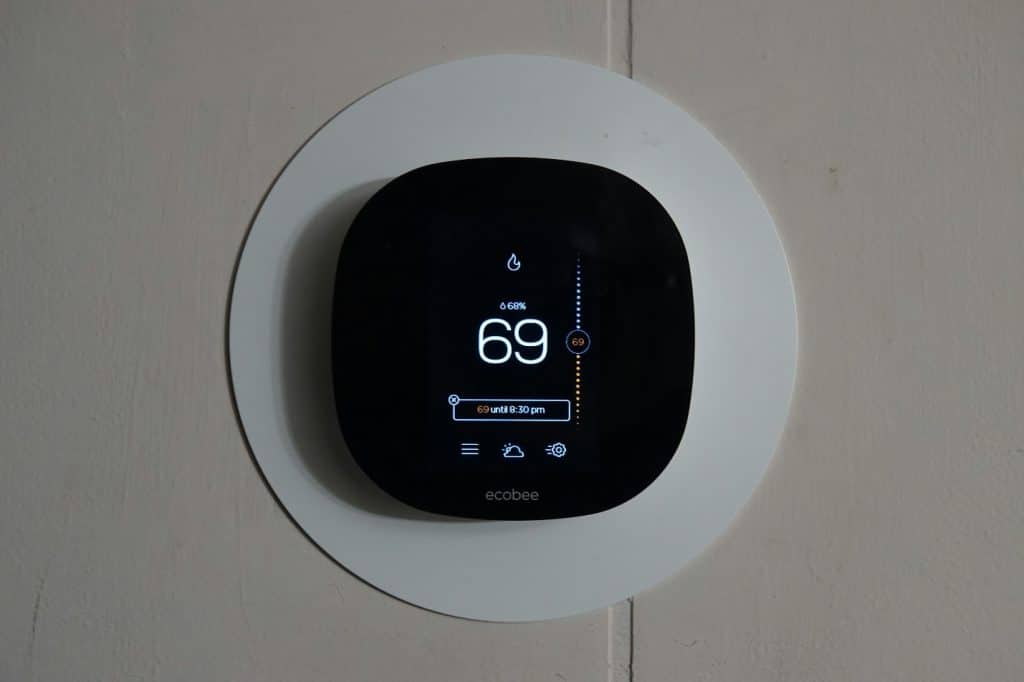If you have ever watched a game of softball, you might have noticed a player who doesn’t stick to one position but seems to be ready to jump into different spots on the field.
That player is likely a utility player. But what exactly does that mean? A utility player is someone who can play multiple positions on the field.
Even if they are covering the infield, outfield, or even behind the plate as a catcher, utility players are ready to step in wherever their team needs them. This versatility makes them a valuable asset to the team.
Key Roles and Responsibilities of a Utility Player
Utility players do a lot of different things during a game. Here are the main roles they fill:
- Versatility: Utility players can play in the infield, outfield, or even behind the plate as a catcher. No matter what position the team needs help with, the utility player can jump in.
- Substitution: Sometimes, they fill in for other players who are tired, injured, or need a break. They might pinch-hit (bat in place of someone else) or pinch-run (run in place of someone who gets on base).
- Defense and Offense: These players help in both defense (fielding the ball) and offense (batting). They can switch positions without missing a beat, making them a flexible and reliable part of the team.
- Team Spirit: Utility players are often the ones who bring energy and encouragement to the team. They keep everyone motivated and ready to play.
Skills and Traits of a Utility Player

Being a utility player in softball requires physical fitness. They must be fast and agile, quickly moving between positions. Whether catching a fly ball or diving for a grounder, speed is key.
Utility players also need strong mental toughness. They must stay focused and calm, especially when filling in on short notice. And, adaptability is essential, as they never know where they will play next or what challenges will arise.
However, having a positive attitude is crucial. So, even if not playing as much as others, utility players stay prepared and ready. Their enthusiasm can boost the team’s morale during tough moments.
Other Roles in Softball
While utility players are incredibly valuable for their flexibility, there are other key positions in softball, each with its own set of responsibilities:
- Pitcher: The pitcher is arguably the most important player on the field. They are responsible for throwing the ball to the batter and trying to get them out. A pitcher needs a strong arm, excellent control, and a deep understanding of the game’s strategy.
- Catcher: The catcher works closely with the pitcher to call pitches and prevent base runners from stealing. They must be quick on their feet, have great reflexes, and be able to handle tough situations when runners are trying to advance.
- First Baseman: Positioned near first base, the first baseman is responsible for catching throws from other players to get runners out. They need good hand-eye coordination and quick reflexes to make split-second decisions.
- Second Baseman: The second baseman is often involved in turning double plays with the shortstop. This player must have excellent quickness and be able to make accurate throws under pressure.
- Shortstop: Known as the quarterback of the infield, the shortstop covers a lot of ground between second and third base. They need to have excellent fielding skills and strong leadership on the field.
- Third Baseman: The third baseman’s job is to cover the third base and handle hard-hit ground balls. They need to be quick and have a strong throwing arm to get the ball to first base.
- Outfielders (Left, Center, Right): Outfielders are responsible for catching fly balls and throwing the ball back to the infield to stop runners from advancing. They need to have good speed and be able to judge the ball’s flight well.
- Designated Hitter (DH): In some softball leagues, a designated hitter is used. This player doesn’t play defense but is in charge of hitting for another player. The DH’s job is to get on base and drive in runs for the team.
Why Every Team Needs a Utility Player?
A utility player is important to a softball team because they add flexibility and depth to the roster. If a player gets hurt or needs a break, the utility player can step in without disrupting the game.
They are always ready to play and can fill in at a moment’s notice, which makes them a coach’s best friend.
Utility players are also valuable because they allow the coach to adjust the lineup during the game.
Whether it’s switching out a tired player or taking advantage of a favorable matchup, the utility player is there to help make those changes.
Additionally, a utility player is often the type of player who is willing to do whatever it takes to help the team win.
They aren’t focused on individual glory; instead, they focus on the team’s success. This selflessness and dedication to the team make them irreplaceable.
Examples of Famous Utility Players in Softball
In both softball and baseball, there are some well-known utility players who have made their mark.
For instance, Kristyn Sandberg is recognized for her ability to play multiple positions on the field, while Taryne Mowatt was known for her pitching and utility skills.
These players show how important versatility is in the world of softball, and they have inspired many others to take on the utility role.
Conclusion
Always remember, utility players may not always be in the spotlight, but their ability to step up wherever and whenever needed keeps the game moving smoothly.
Their quiet consistency and readiness can be the difference between a good team and a great one.
Next time you are watching a game, take a moment to appreciate the player who’s ready for anything.
That’s the kind of teammate every coach wants, and every team needs.




















